Menu
About us
History
Through the years
Flagmore is a Nordic flagpole factory dating back to 1943, when the predecessor of today's group, Teollisuusnauha Oy, was founded in Tampere, Finland. In the early years, it was mainly active in the textile industry, producing ribbons and flags. In 1958, however, the development of the equipment and know-how needed to produce flagpoles began in Sweden, which has been upgraded to new production volumes over time.
Today
We belong to the Flag Holding OY group, which is the world's largest manufacturer of fiberglass flagpoles and the largest flags in the Nordic countries. The Group also has offices in Finland (Flagmore OY), Sweden (Flagmore AB) and the United States (Flagmore US).
We have ISO 9001 quality management certificate.
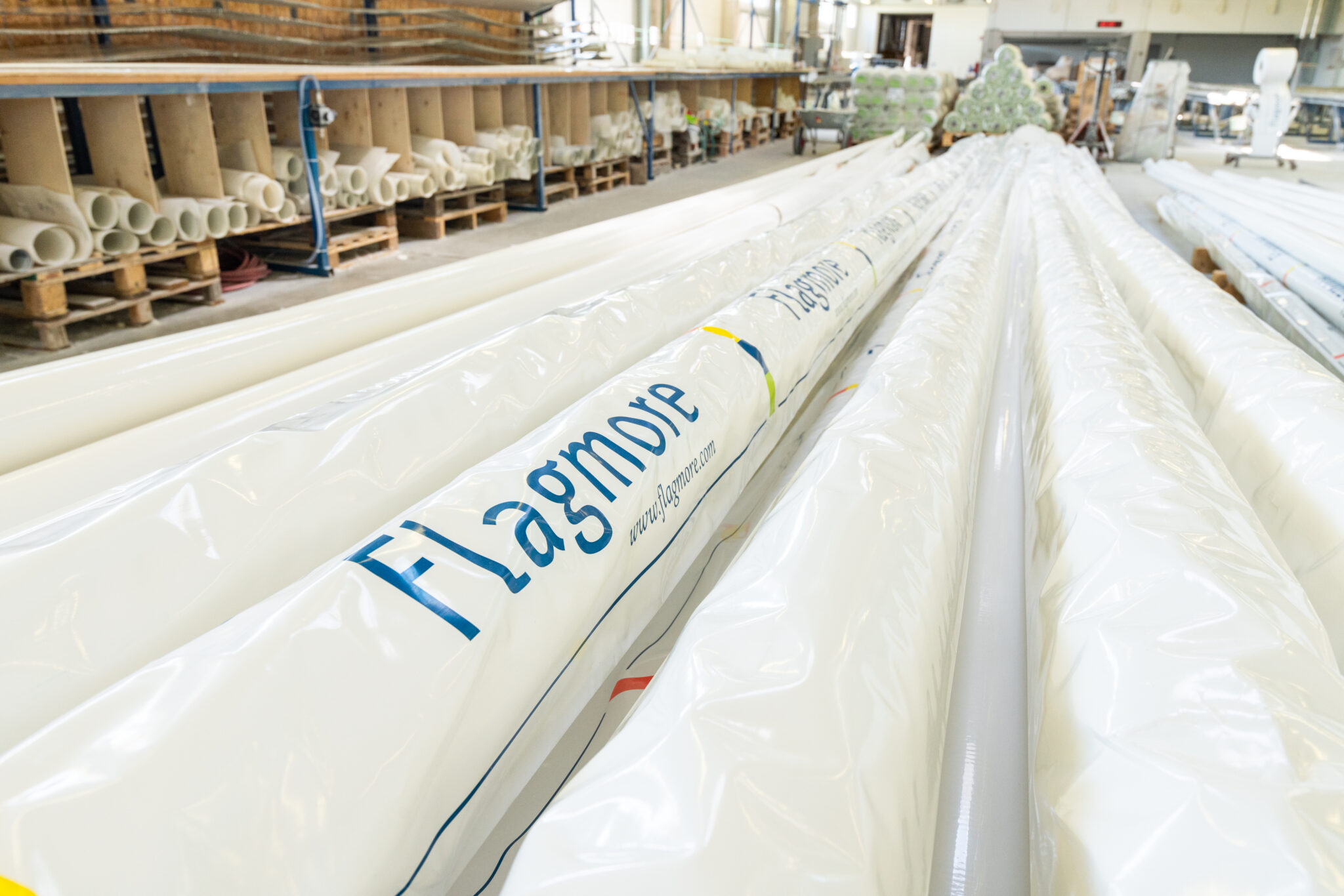
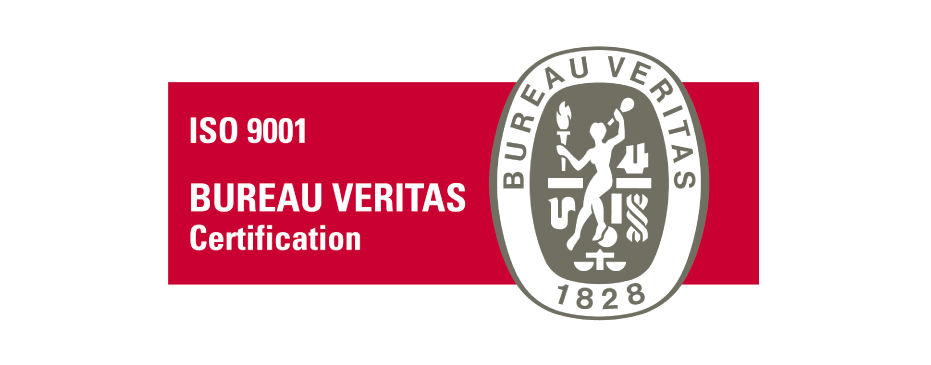
Production building
Flagmore's most modern flagpole factory today is located right here in Estonia, in the beautiful Kose municipality of Kolu village. In-house order management, storage of materials, production, finishing, quality control and assembly of flagpoles take place.
We offer complete solutions: our services include consulting, design, development and manufacture of both special and standard products, transport of products and sale of accessories. See also: products. For more information contact us.
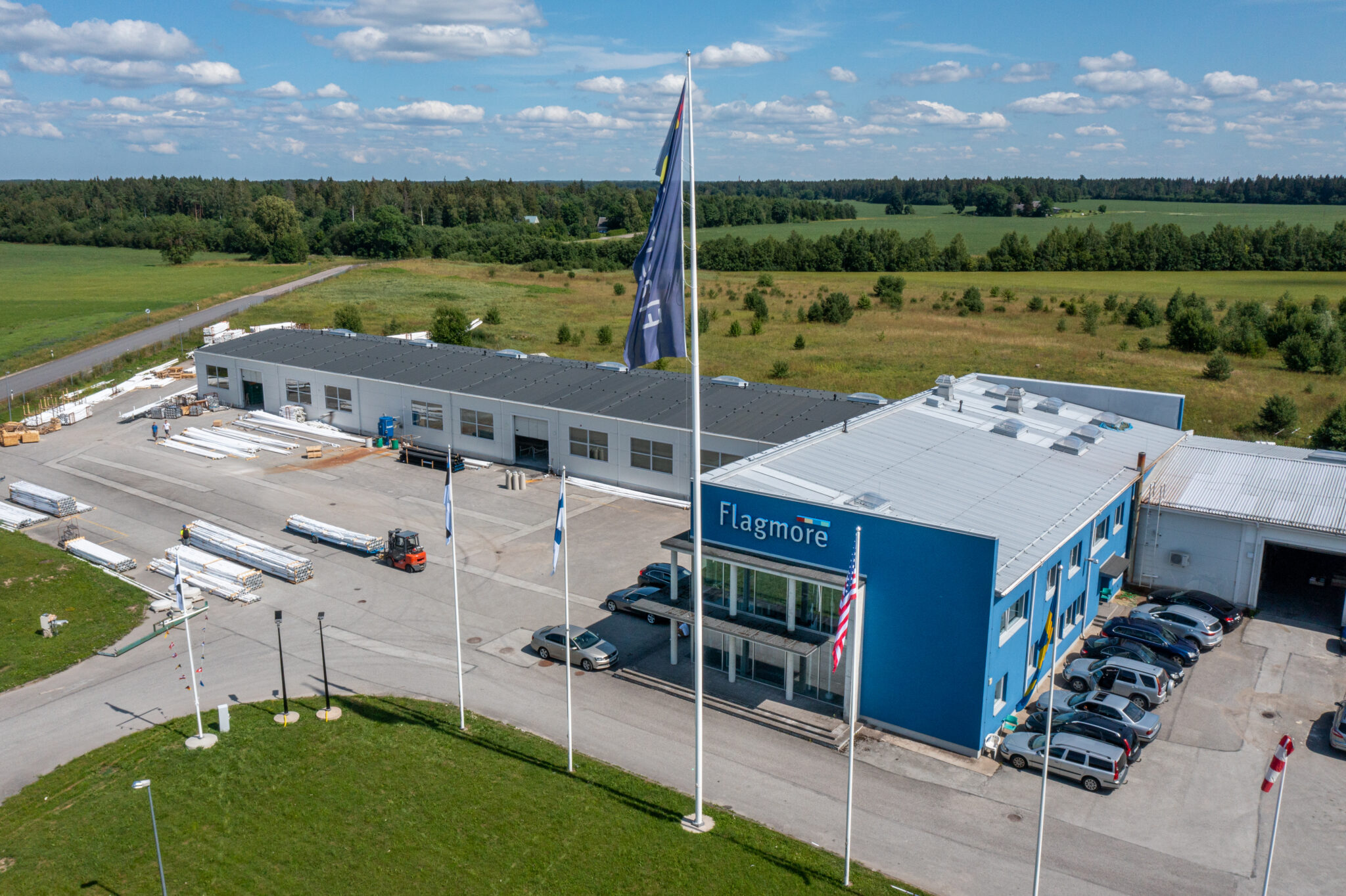
Process
The production of the flagpole takes place from the outside inwards. The mold that determines the length and diameter of the flagpole must first be prepared. The outer layer of the mast is a cut-to-size paint film on which a polyester resin with a suitable color pigment is applied with a paint roller.
When the paint is dry enough, lamination will continue. The layers of glass cloth and resin are placed alternately on the paint layer until the desired composition is achieved.
The next step is to place a pressure film (a film tube into which compressed air is introduced) in the middle of the laminate and fold the laminate around the pressure film to complete the mast blank.
The blank is placed tightly in a mold and compressed air is introduced into the pressure film tube in the middle of the laminate. The mast blank remains in shape until a chemical reaction takes place in the resin and the mast begins to retain its shape. The form is then opened and removed from the finished flag.
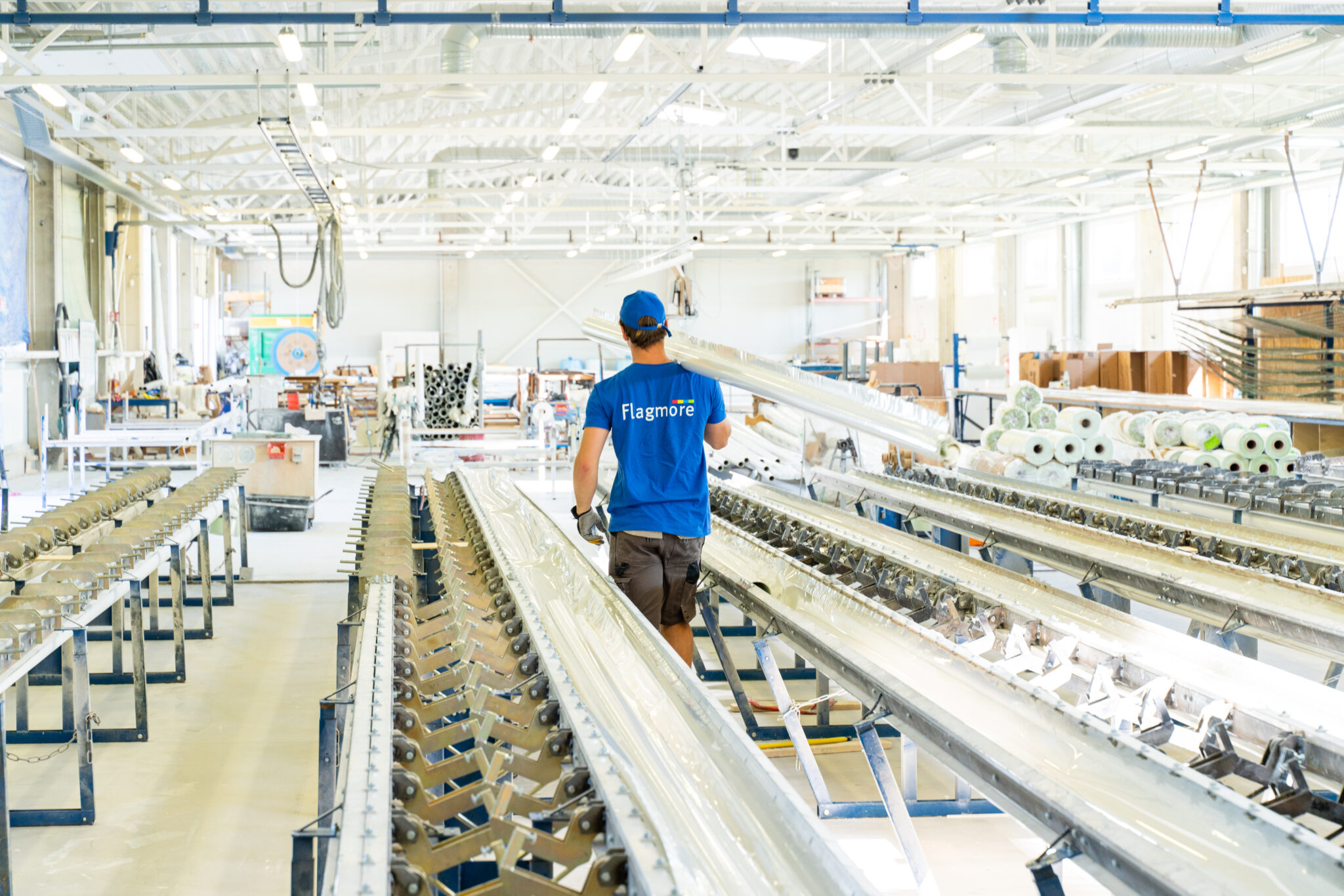
The team

Piotr Wieckowski
Export Sales Director
- +48 781 12 12 12
- piotr.wieckowski@flagmore.com

Eneli Kaal
Sales Specialist
- +372 60 36 026
- sales@flagmore.com
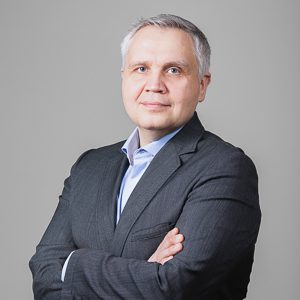
Rivo Sisas
General Manager
- +372 51 56 743
- rivo.sisas@flagmore.com
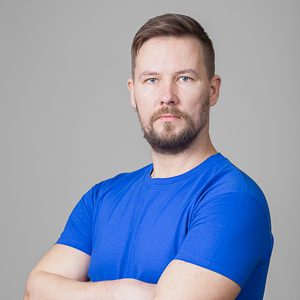
Enno Leuhhin
Production Manager
- +372 58 04 2879
- enno.leuhhin@flagmore.com
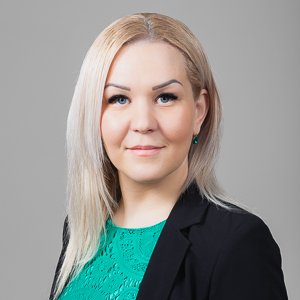
Katre Kivisaar
Assistant Manager-Office Manager
- +372 55 96 1384
- katre.kivisaar@flagmore.com
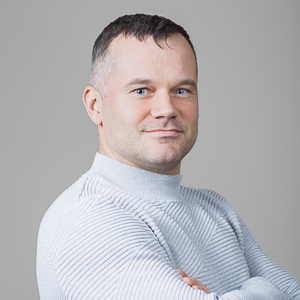
Maikel Veelain
Warehouse Manager
- +372 52 52 934
- maikel.veelain@flagmore.com
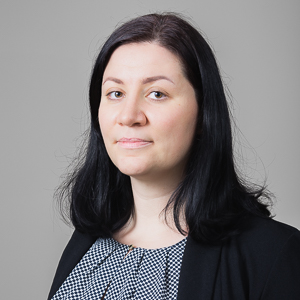
Silvia Kasak
Accountant
- +372 55 94 6075
- silvia.kasak@flagmore.com
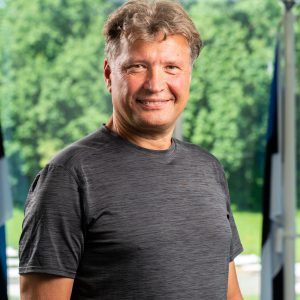
Heimo Talivee
Logistics Manager
- +372 50 38 581
- heimo.talivee@flagmore.com